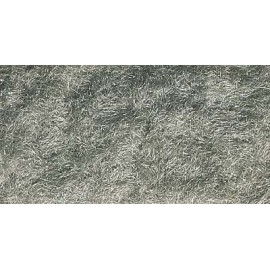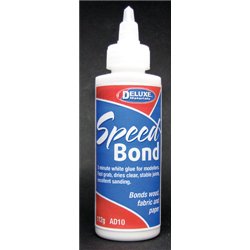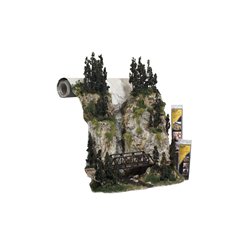Mainline Railways was a British model railway brand that operated between 1976 and 1983, introduced by Palitoy, the...
No products
Product successfully added to your shopping cart
There are 0 items in your cart. There is 1 item in your cart.
Search Tips
Open on Good Friday
The shop will be open on Friday 18th April.
Bring us some chocolate!
How to make hills?
You can make hills in a variety of ways.
The tried and tested way is with chicken wire and papier mache. This is a good method as there is very little weight to the finished hill.
If you just want a hill in the middle of your layout, I would suggest using some off cuts of polystyrene under the chicken wire to give it support, shape your chicken wire to give it the contours that you would like.
Then apply your strips of diluted PVA soaked newspaper over the chicken wire in an irregular manner I.e. some strips length ways and some side ways this will give the hill more strength when dry. Five or six layers of paper strips should do the job.
Once the paper is dry you can then paint and add scatter or flock.
This method can also be used for creating tunnels.
Click here to receive the tips weekly in your mailbox. You can unsubscribe at any time.










